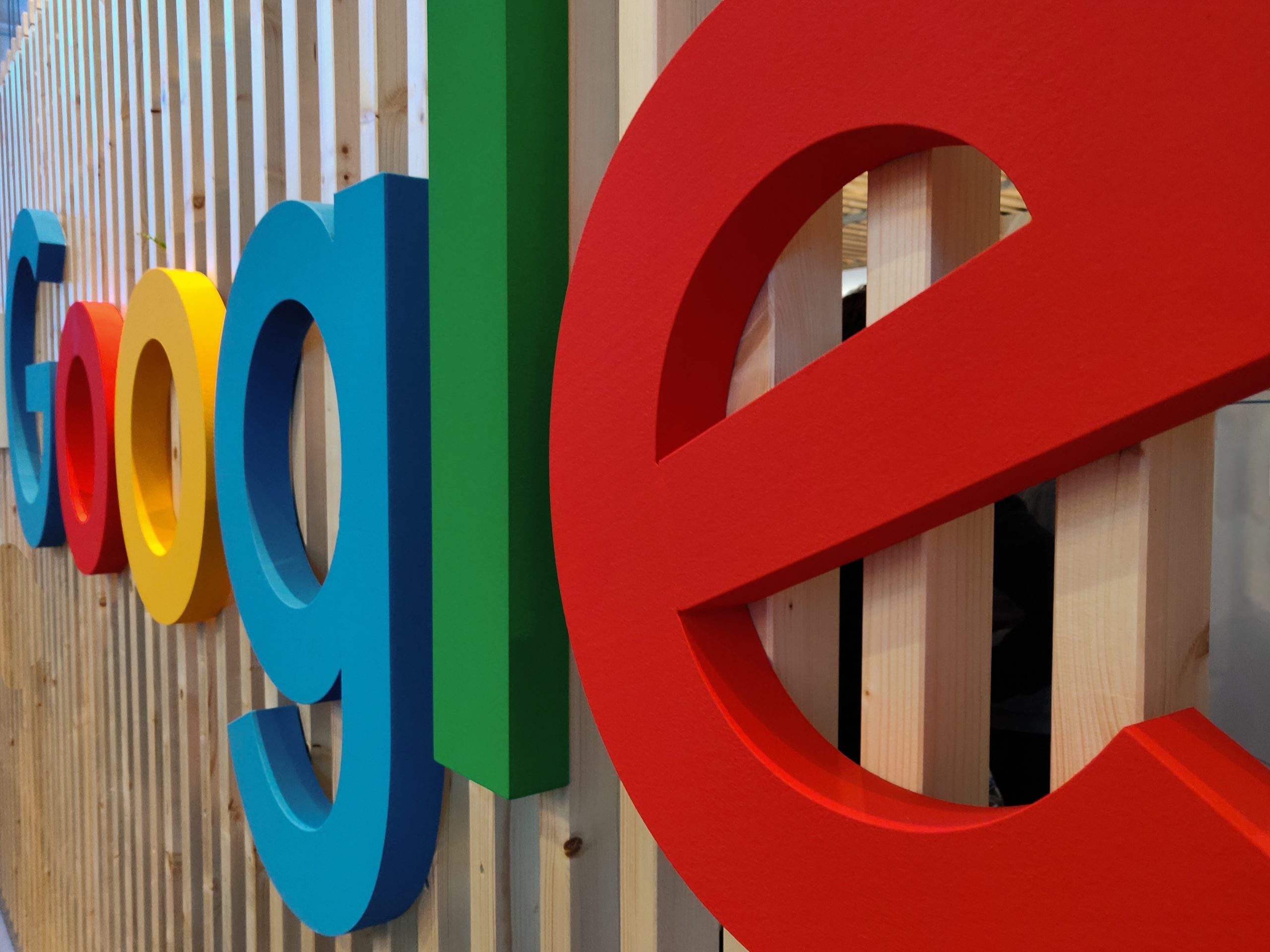Google continues to evolve its advertising products for a privacy-first world. One important way is to move businesses to more aggregated measurement solutions as the availability of individual level identifiers decreases with the value of third-party cookies eroding. One such tool that has capture more interest in the market is Enhanced Conversions for Web. This is a conversion tracking feature that enables more accurate conversion measurement by increasing observable data – and, according to Google, improving overall quality of conversion modeling. Enhanced Conversions for Web allows businesses to capture customer data that advertisers collect on their conversion page (e.g., email addresses) and then match it against Google logged-in data. The raw data (e.g., an email address in plain-text format) is captured“as is” on the website, and then automatically hashed by Google as it is sent to Google’s server. Following are answers to commonly asked questions about Enhanced Conversions for Web.
What exactly are Enhanced Conversions for Web?
Enhanced Conversions for Web are not a replacement to the standard online (gtag-based) Google Ads conversions, but are rather a complementary feature that improves the accuracy of conversion measurement.
Enhanced Conversions for Web is basically a setting under the online conversion that enables your website to send hashed first-party, user-provided data directly to Google Ads when a user converts in the form of email addresses, phone numbers, first names, last names, and street addresses. Although email addresses are preferred and often suffice, an advertiser can choose to send more information to Google to improve the matching rate. Google then uses the hashed user data to match your customers to Google accounts, which were signed in to when they engaged with one of your ads.
Why does True Interactive recommend enabling Enhanced Conversions for Web?
As the industry starts to move away from cookies, advertising platforms/providers like Google are already developing new privacy-focused conversion measurement methods that do not use browser cookies.
Today, standard online conversion tracking relies on the web browser/cookies, where the Google Click ID (GCLID) is stored upon arrival to your website right after someone clicks a Google ad. Once a specific conversion action is completed and the conversion tag is triggered on the website, the GCLID is sent to Google so that Google can attribute the conversion to the appropriate ad campaign, keyword, creative, audience, etc.
The Enhanced Conversions for Web feature helps Google match the conversion to its corresponding ad campaign, keyword, creative, audience, etc., by providing more keys (such as email addresses) in the event that the GCLID is missing.
This not only provides advertisers with better visibility into campaign ROI by recovering conversions that otherwise would not have been measured, but it also helps drive better performance by giving the Google algorithm (auto-bidding strategies) more data points to optimize ad delivery.
How does a business enable Enhanced Conversions for Web?
There are a few steps to implementing Enhanced Conversion tracking, all of which True Interactive can assist you with:
- Identify the online conversion(s) for which the Enhanced Conversions feature needs to be activated.
- Enable the Enhanced Conversions setting inside your Google Ads account.
- Depending on the current Google Ads tag implementation, advise on how to enable the Enhanced Conversions feature by editing the conversion tag on the site (if the tags have been deployed manually on the website), updating the conversion tag in GTM, or setting it up via the Enhanced Conversions API.
Note that Enhanced Conversions will only work for conversion types where customer data is present – such as subscriptions, sign-ups and purchases. One or more of the following pieces of customer data must be available:
- Email address (preferred)
- Name and home address (street address, city, state/region and postcode)
- Phone number (must be provided in addition to one of the other two pieces of information above)
Enhanced Conversions for Web underscores a larger point: it’s essential that businesses understand how a privacy-first world is affecting the way they manage their advertising and marketing. For more insight on Enhanced Conversions for Web, please consult this post from Google. And to stay on top of advertising, including developments with consumer privacy, follow our blog.
Contact True Interactive
To succeed with online advertising in a privacy-centric world, contact True Interactive. Read about some of our client work here.
